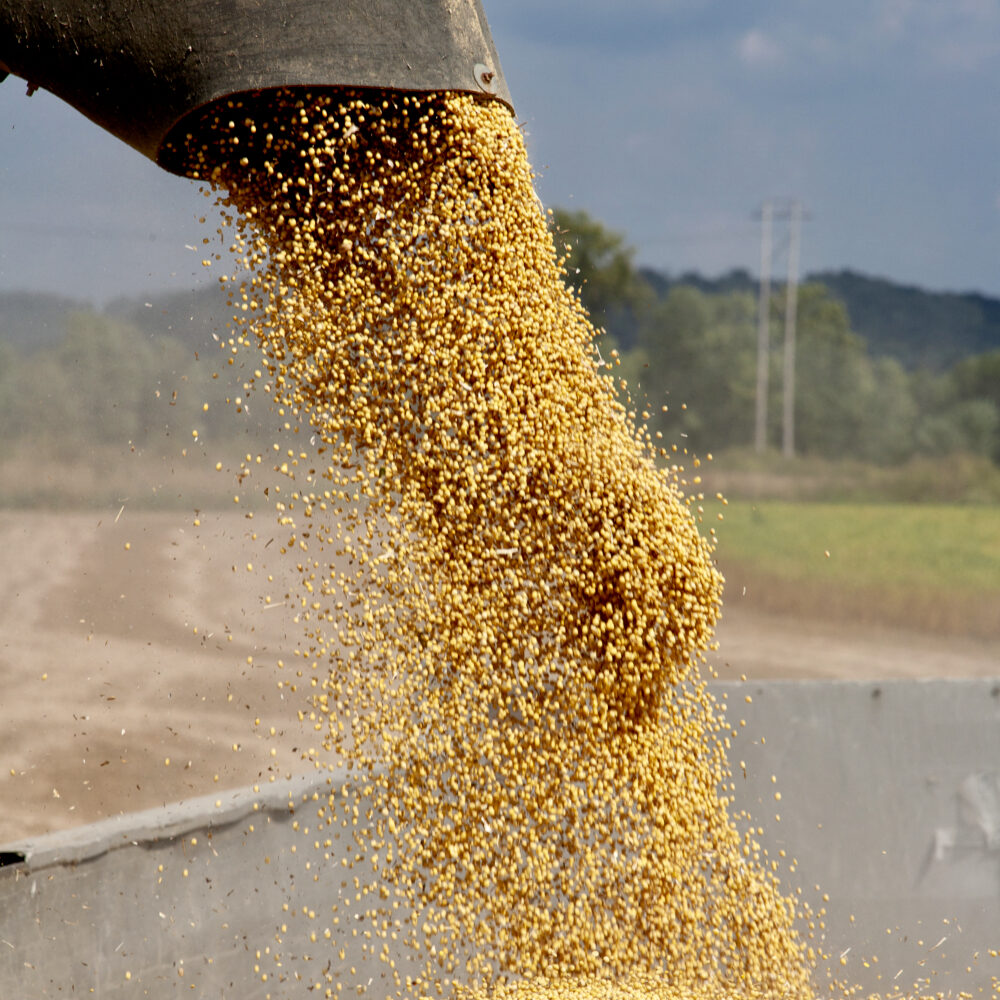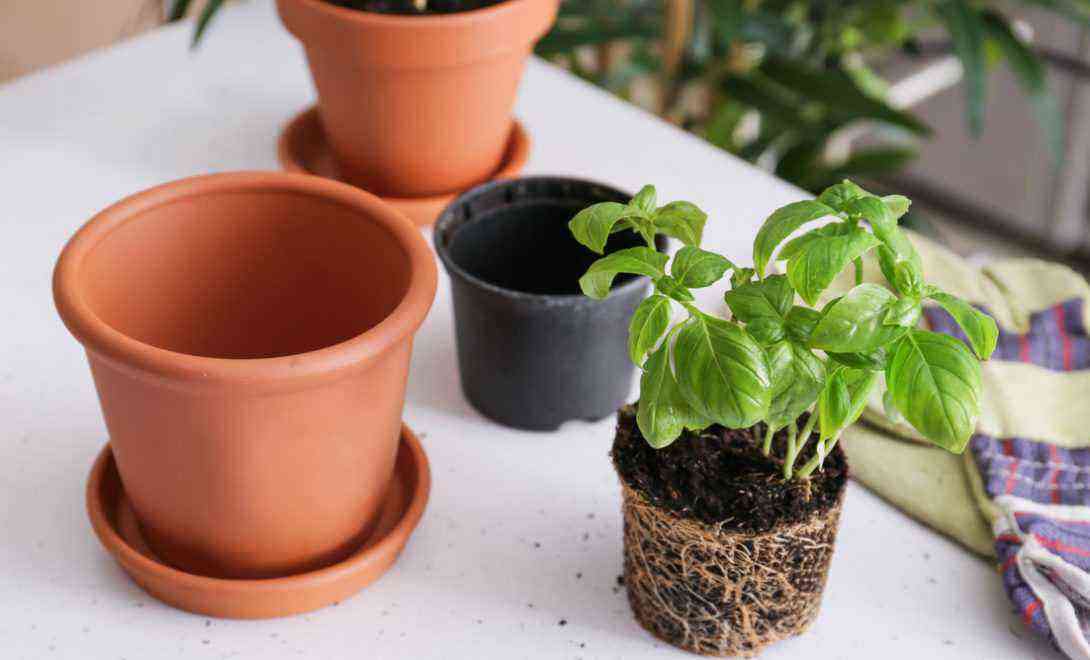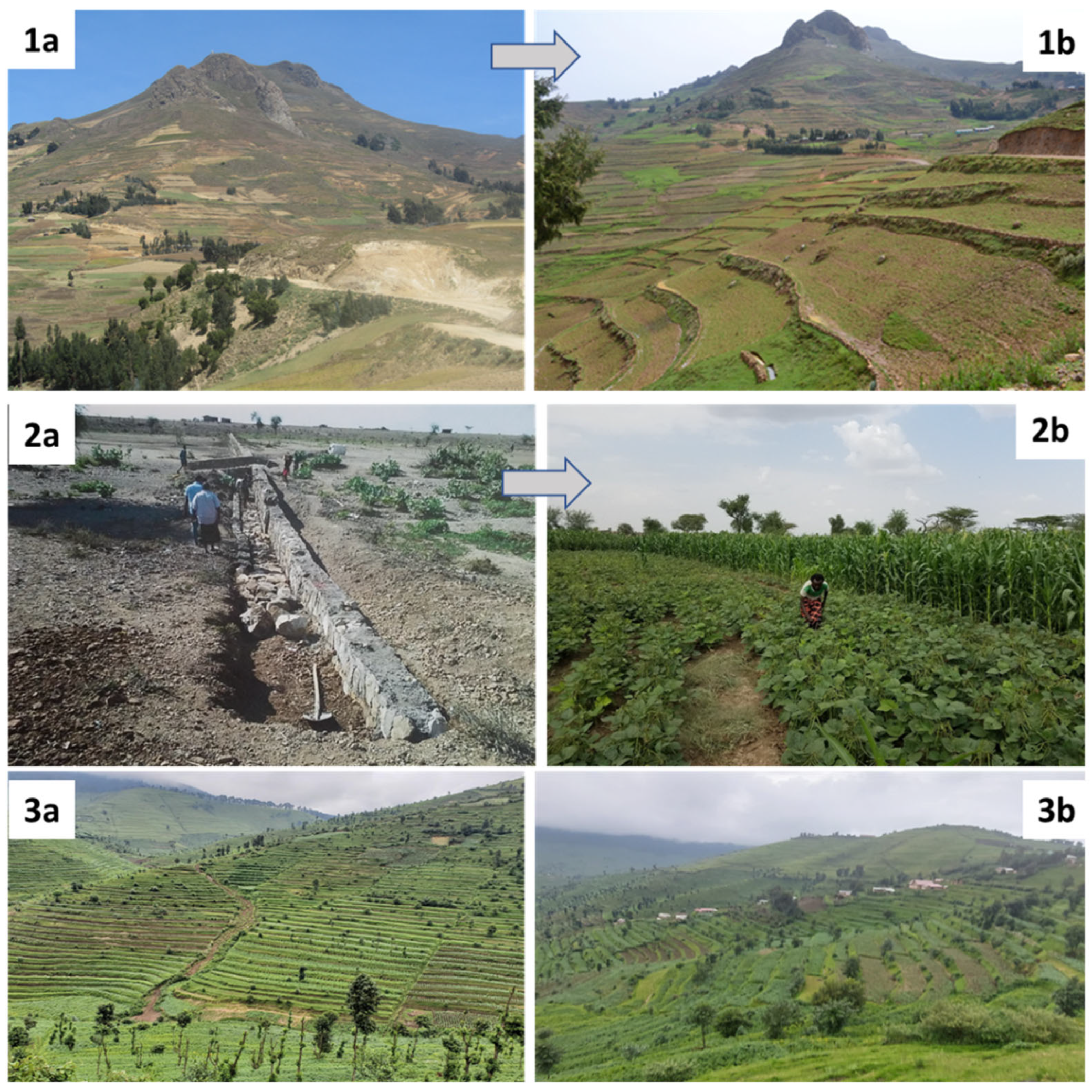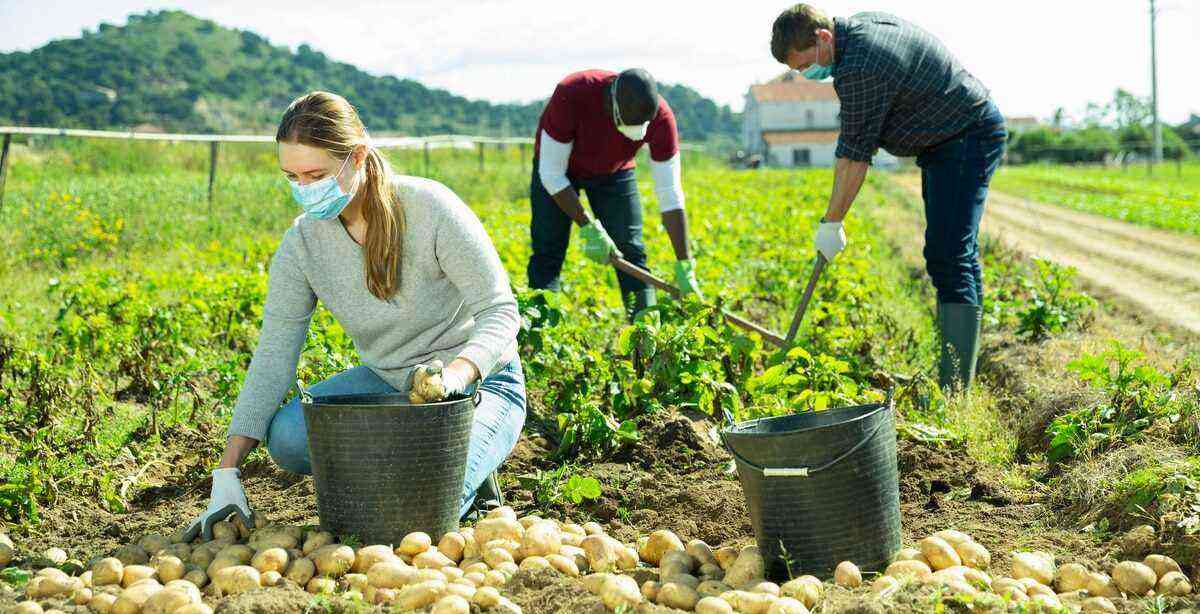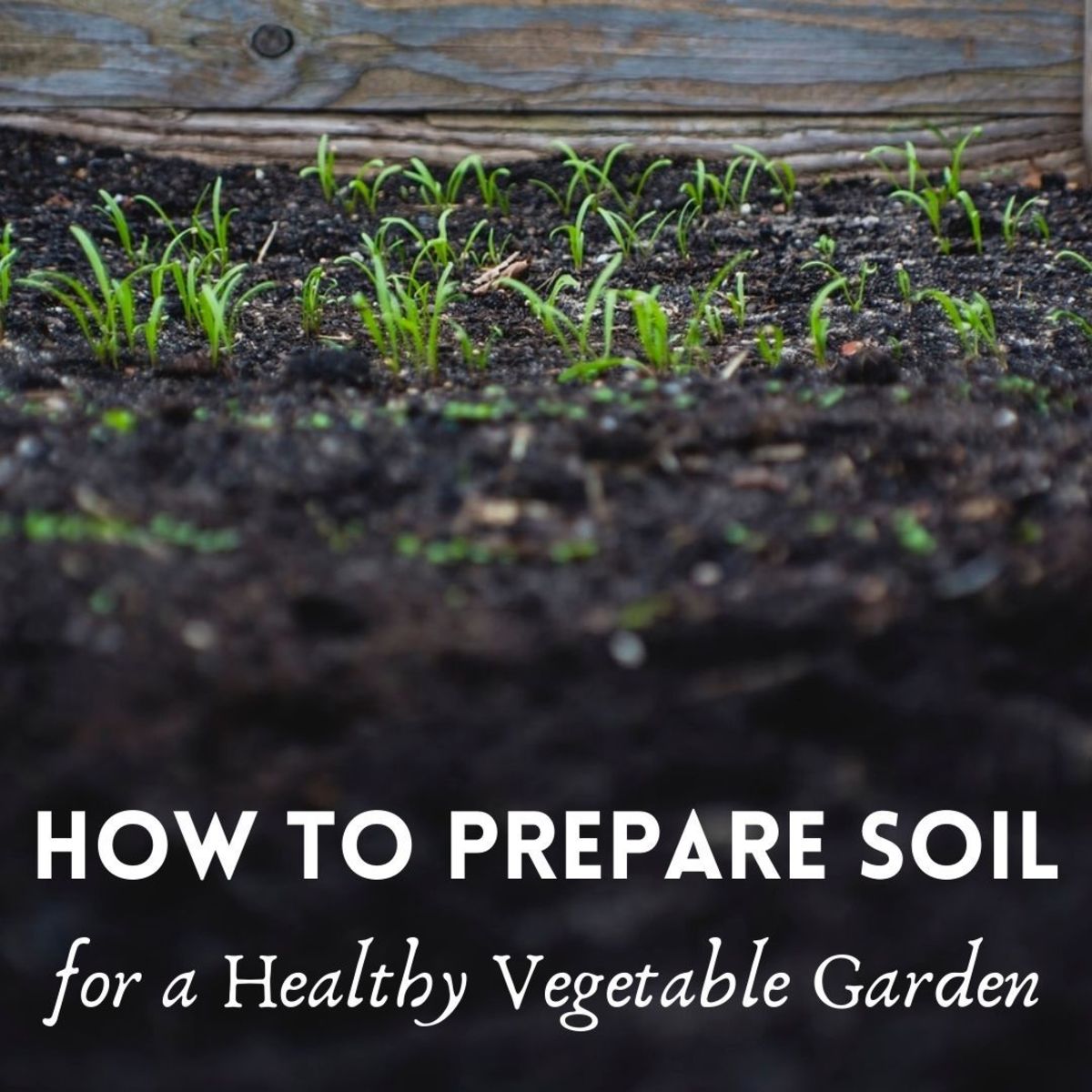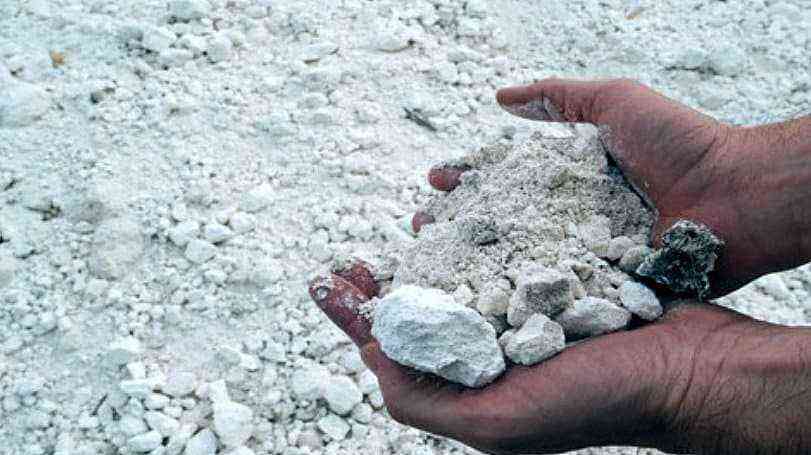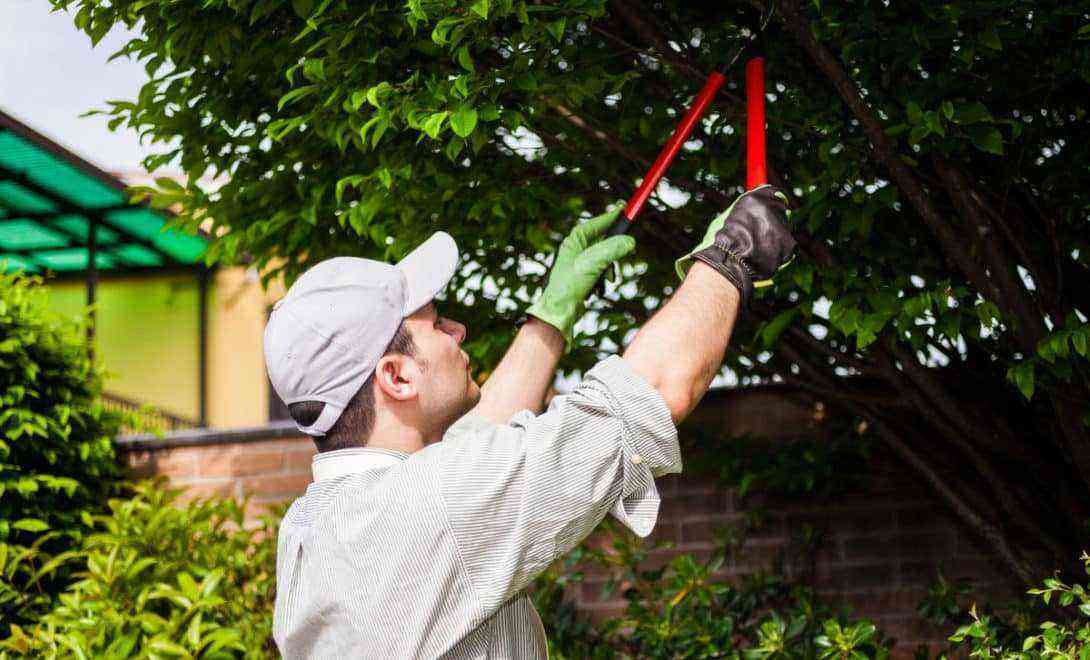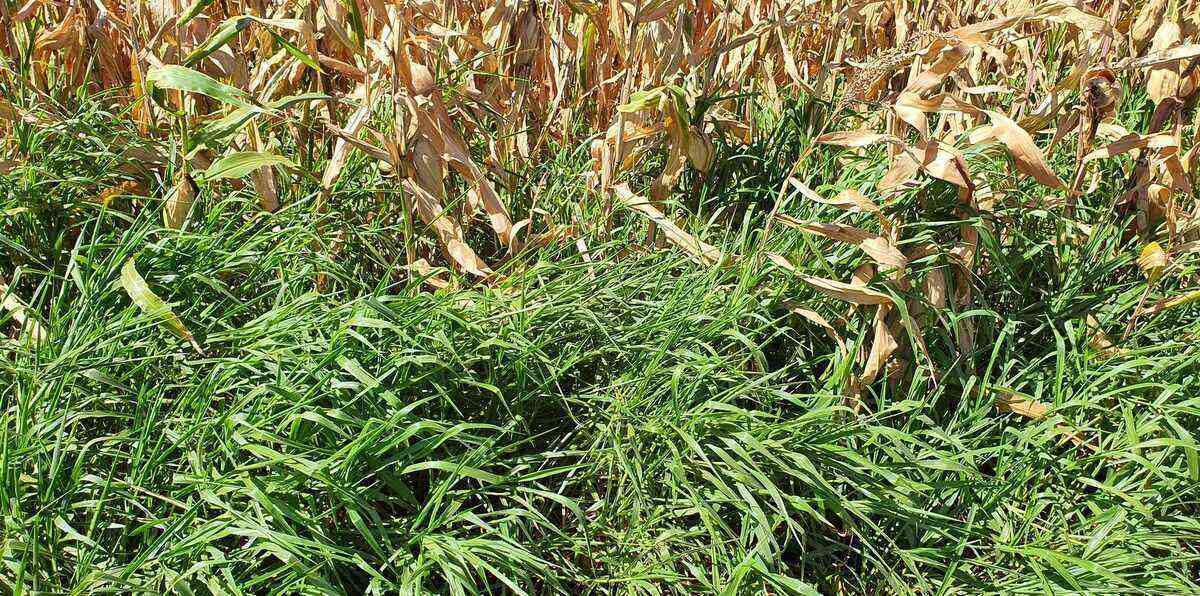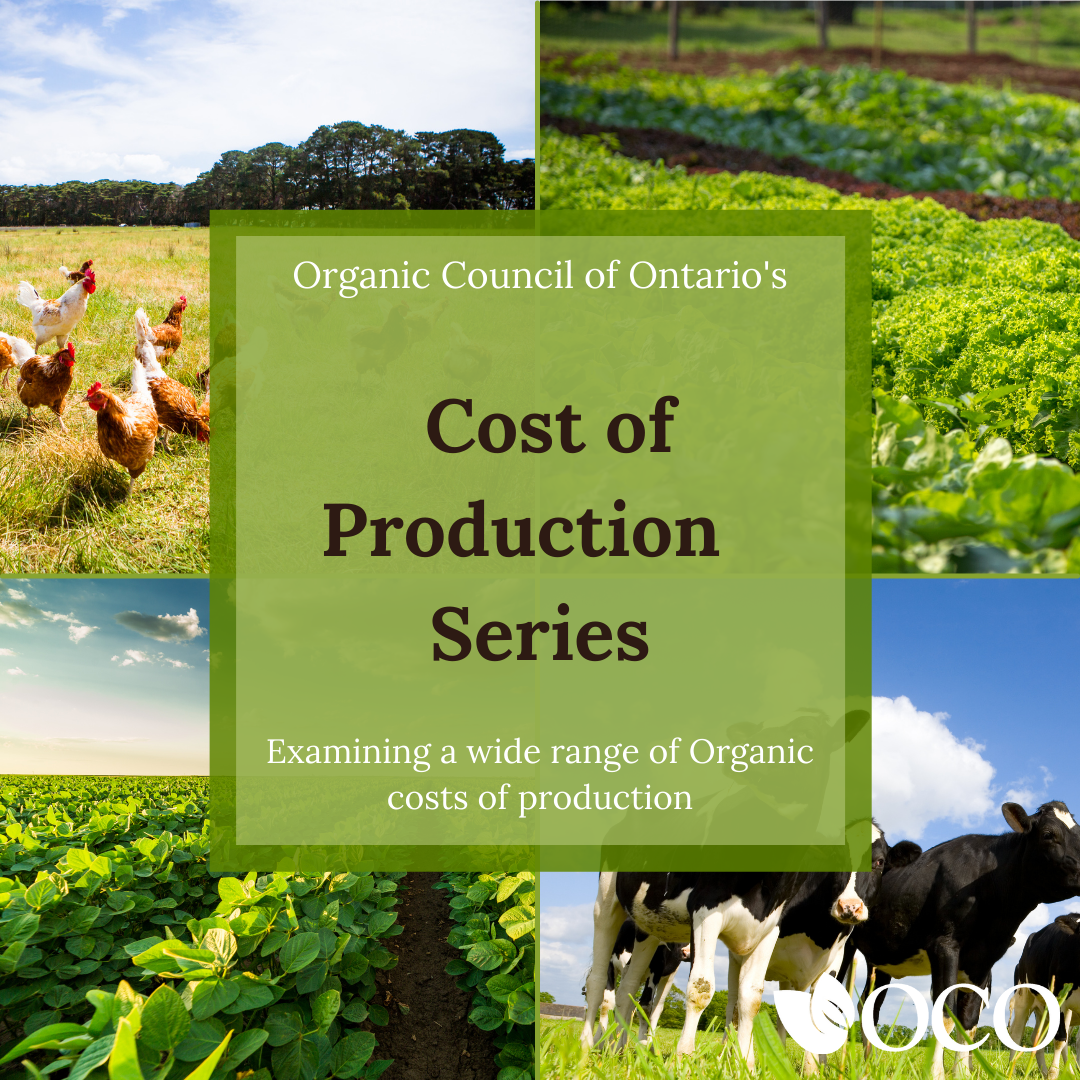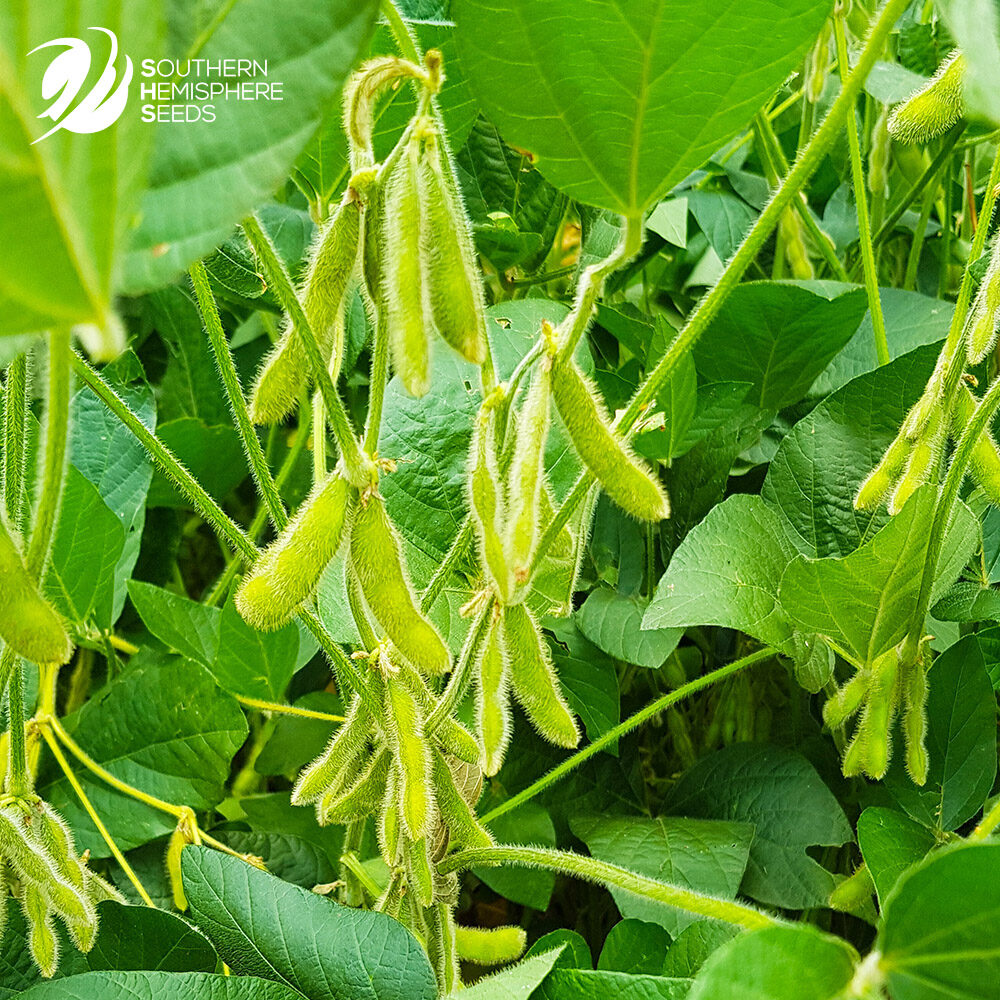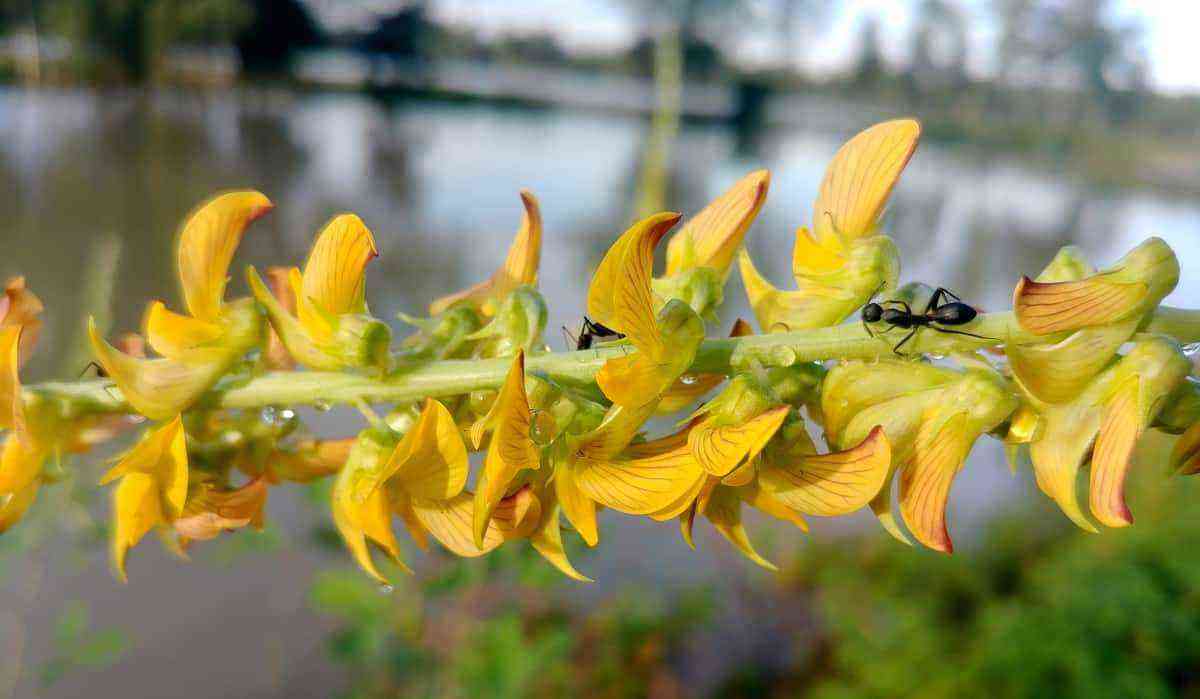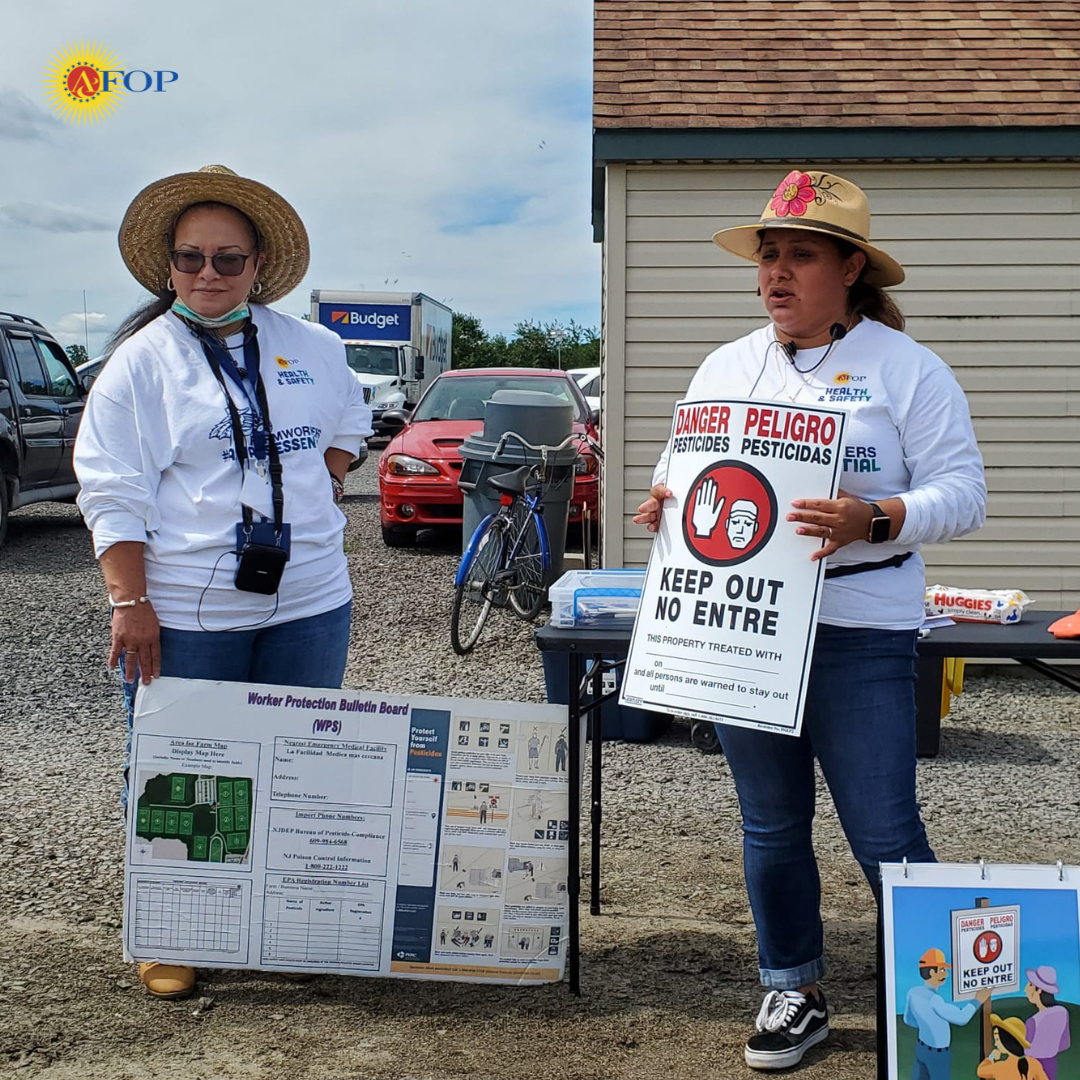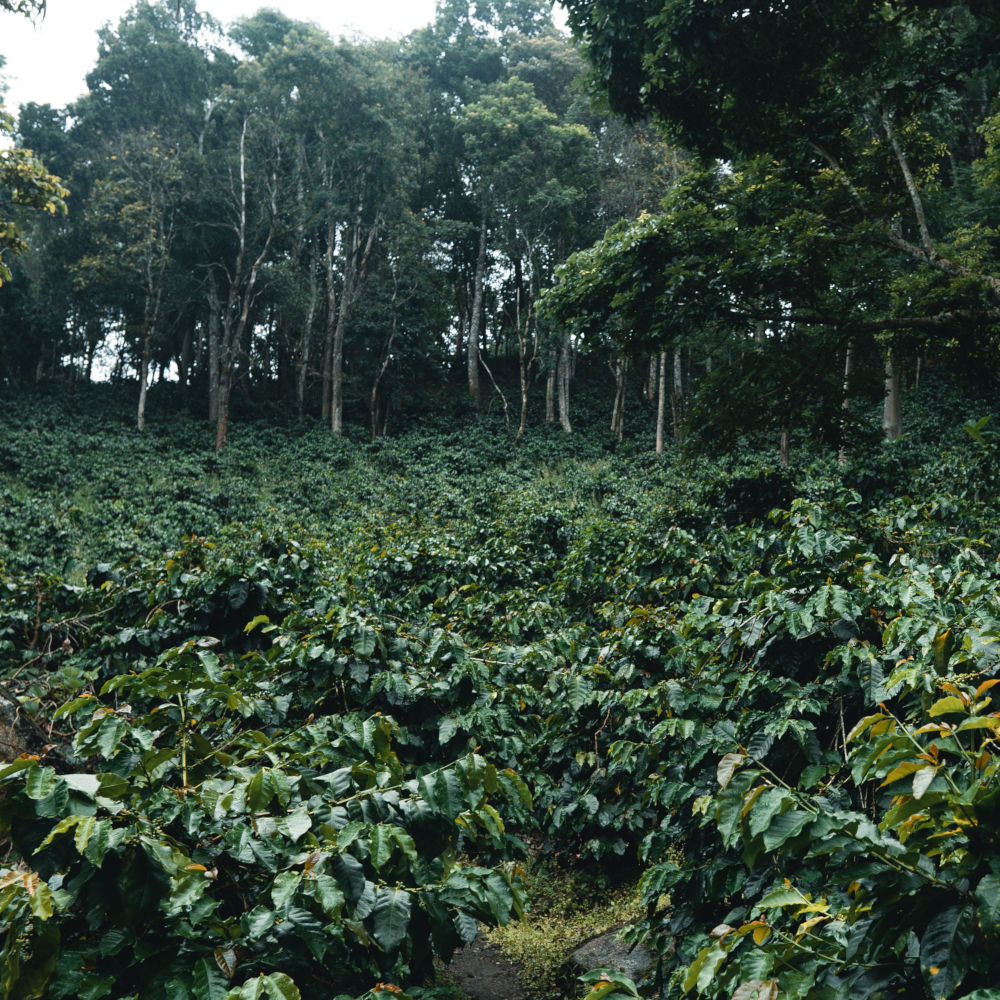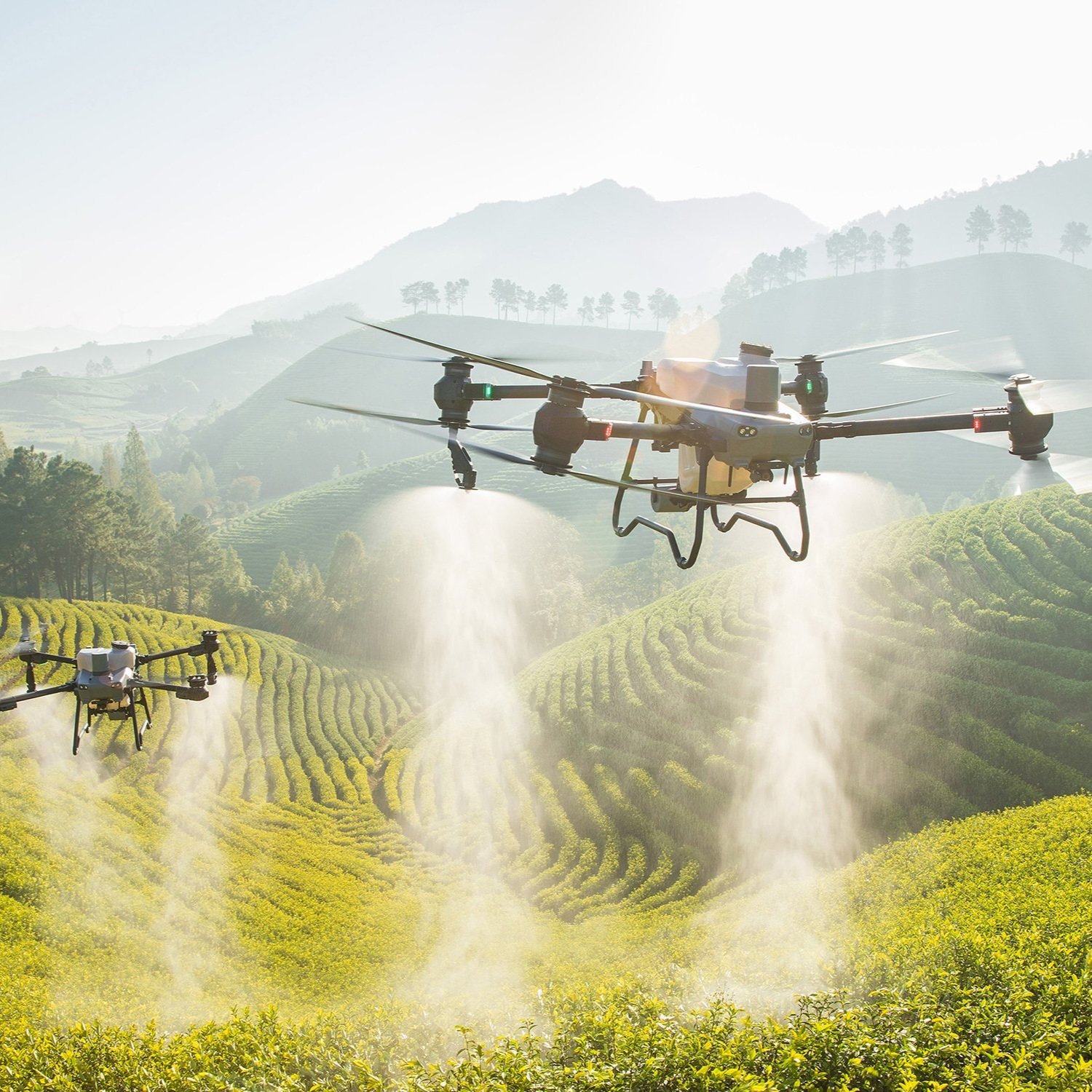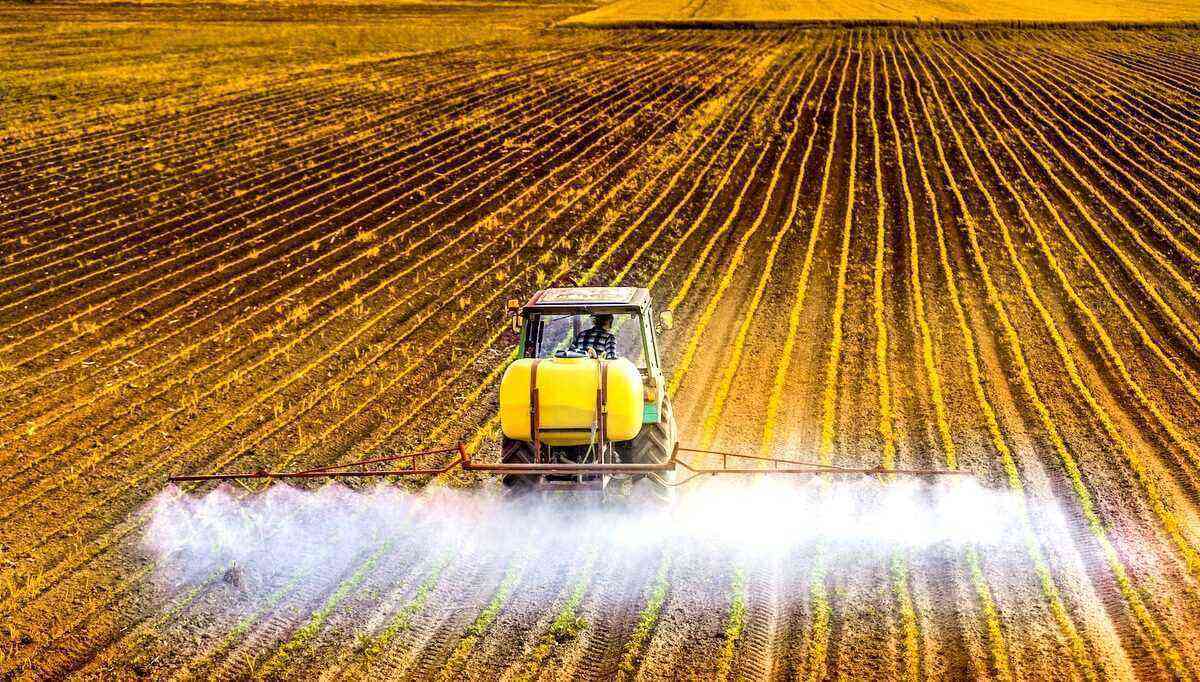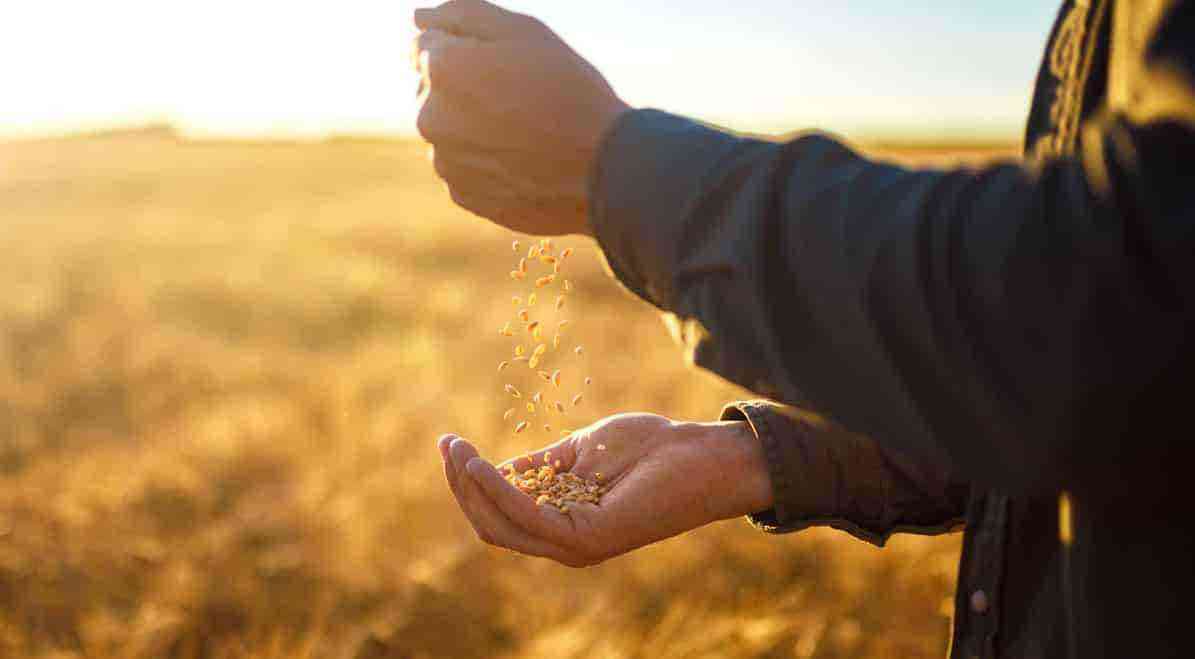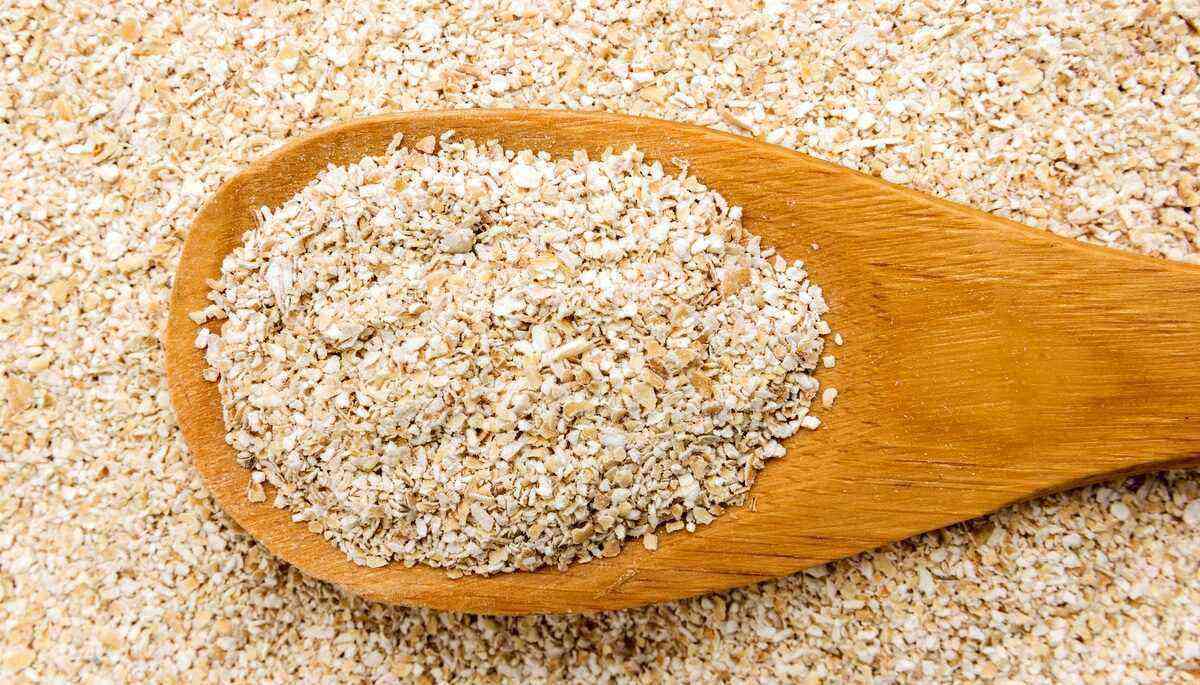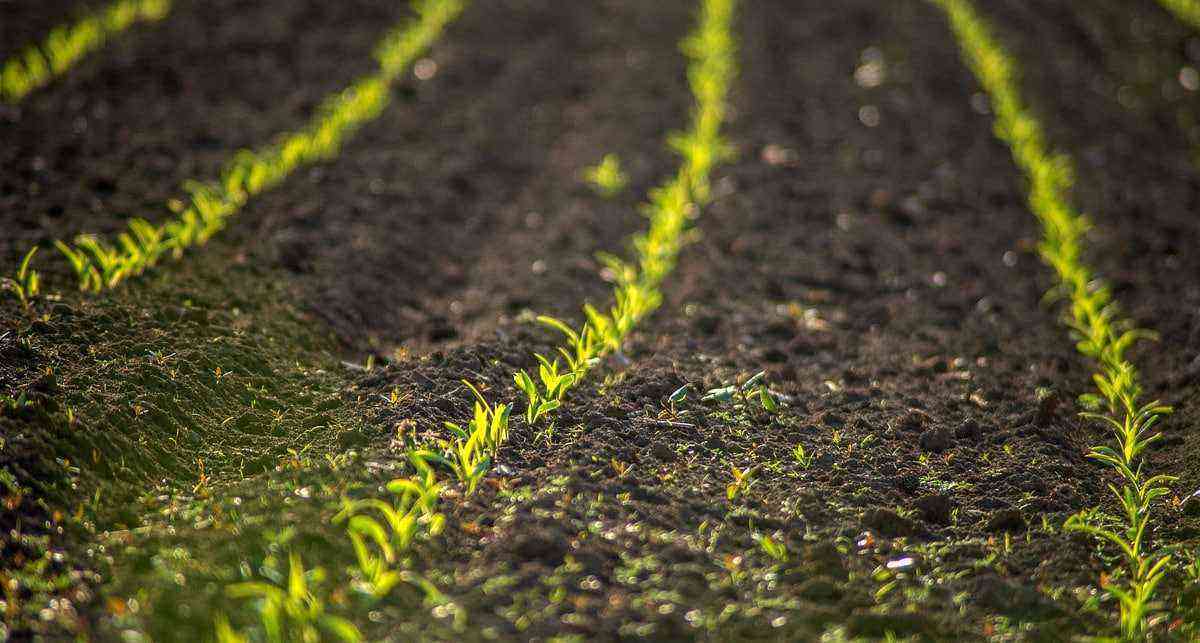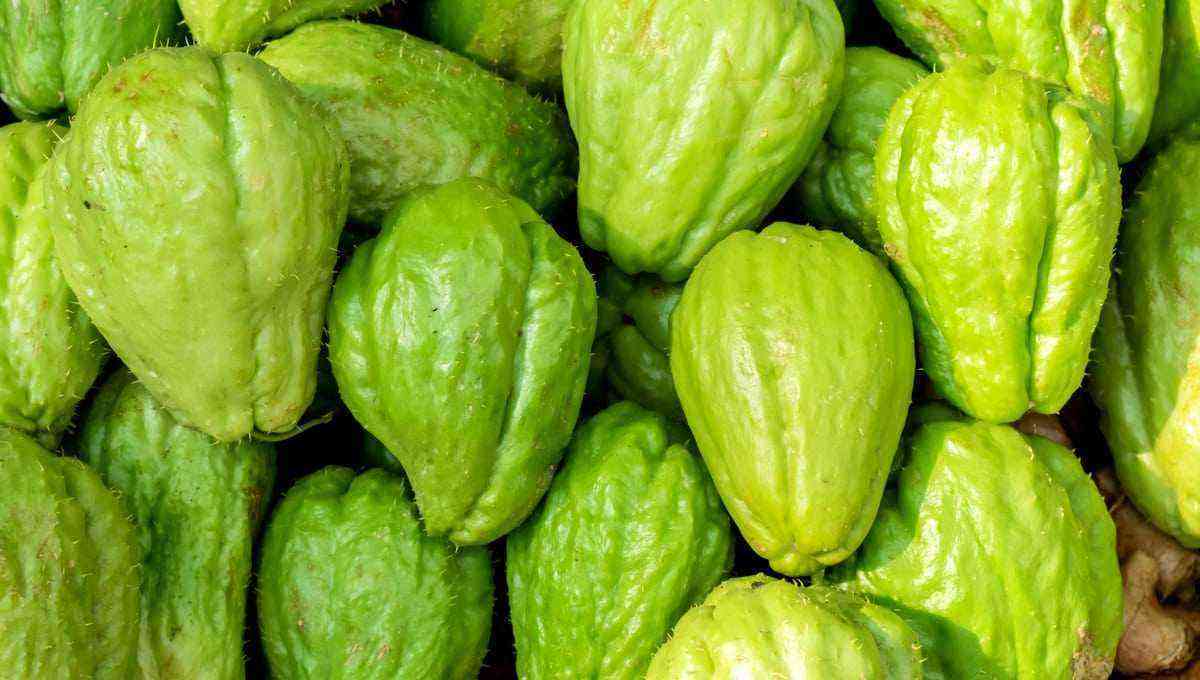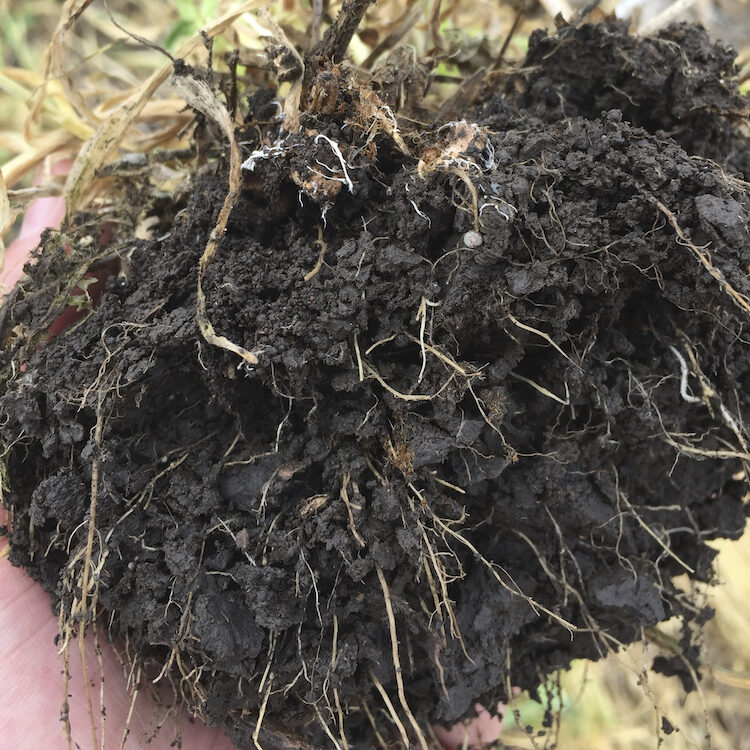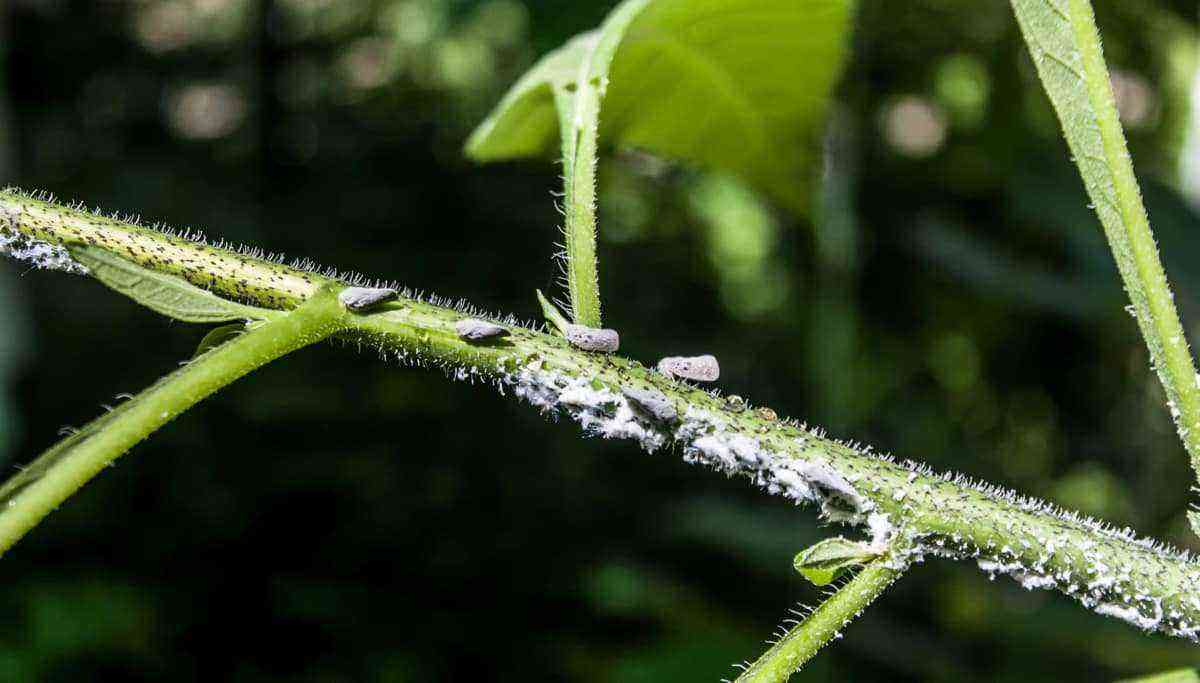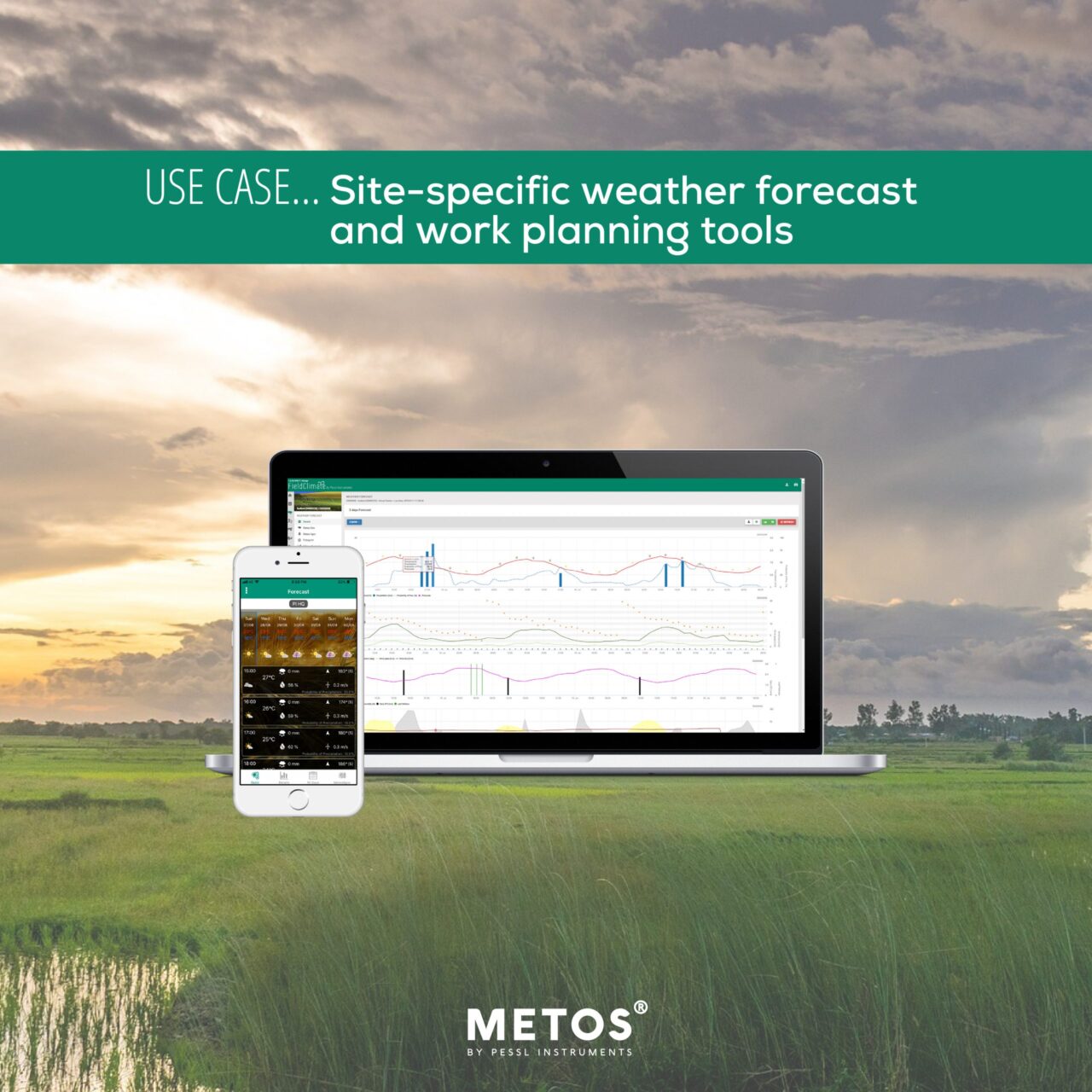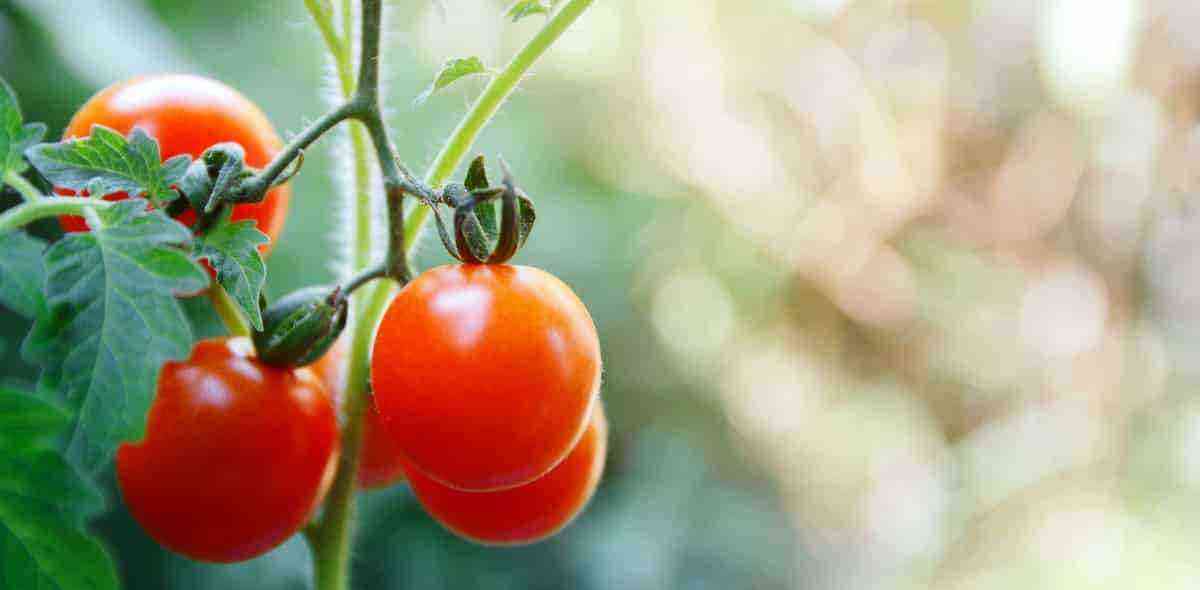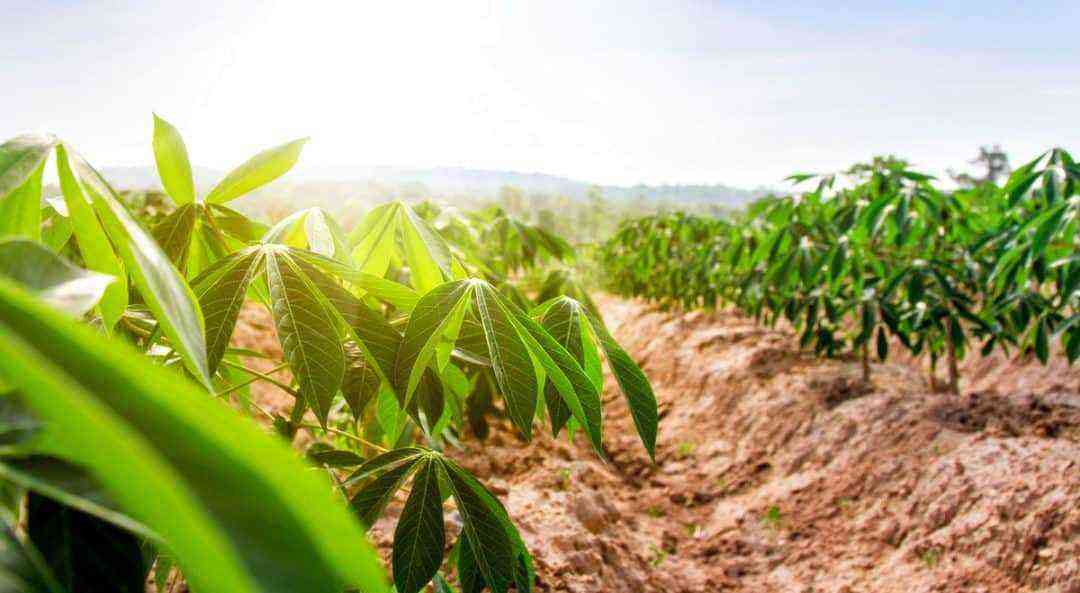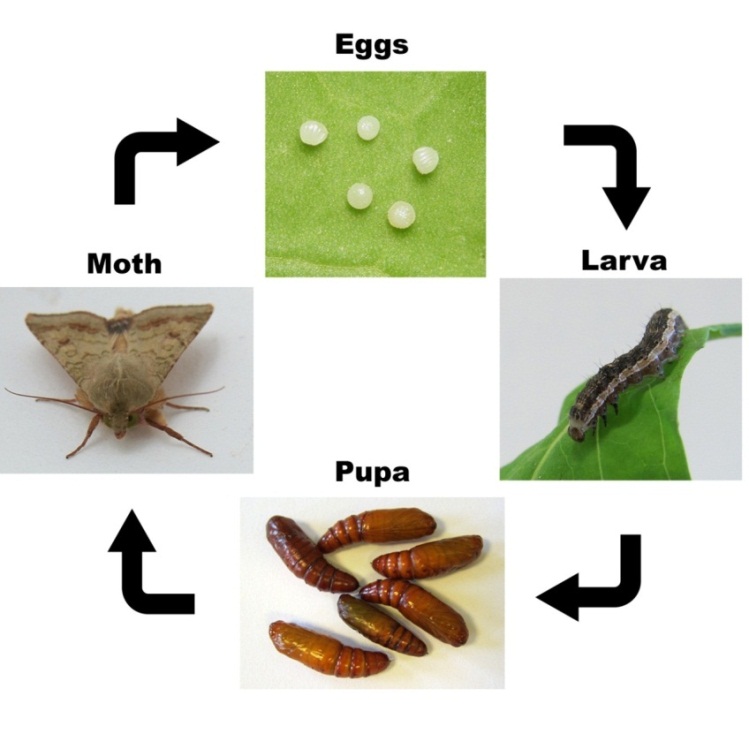Agricultural implements are the equipment used coupled to a tractor, with the aim of enabling and speeding up the stages of the production process in the field, such as soil preparation, fertilization, application of pesticides, sowing, among others.
The use of implements is quite common on the properties, since without them there is no possibility of producing in large quantities and maintaining the quality standard.
Therefore, in this article we will address which are the main agricultural implements used in the field and their functions. Check out!
Arado
O plow is one of the agricultural implements used in soil preparation. It consists of metal blades that revolve the surface layer of the soil, promoting the unpacking and incorporation of crop residues and weeds. The objective is to leave the soil in better conditions of aeration, infiltration capacity and water storage, in addition to homogenizing it..
In addition, it is also used in the construction of contour lines and for the integration of fertilizers and soil amendments. The plow can be disc or moldboard:
disc plow
It is formed by circular metal disks that move in turns. The discs can be smooth, being indicated for more sandy soils, or they can have jagged edges, which allow greater penetration, serving for more clayey soils and with a greater amount of straw.
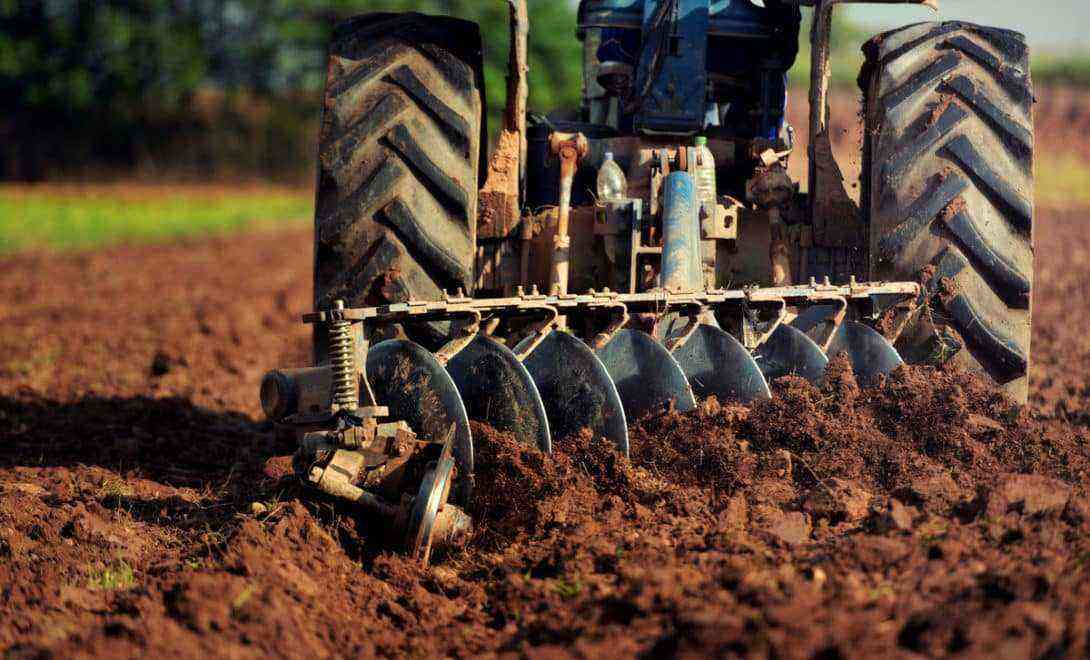
Plows can vary in type of tractor coupling system (drag, mounted or semi-mounted), number of discs, disc diameter and working width.
It has the function of cutting, raising and mobilizing the furrow (earth pile between the furrows). It is ideal for dry, hard and sticky soils, as well as for dealing with elements such as gravel, branches and roots present in the earth. Therefore, it requires greater pulling force.
moldboard plow
Its blades have a twisted surface, in a “V” shape, which makes it possible to partially invert the cut tillage, promoting better incorporation of crop residues when compared to the disc plow.
In addition, due to its conformation, it can penetrate the soil without the need for weight, which makes the implement lighter, not requiring so much traction force. However, it is not suitable for soils with rocks and stumps.
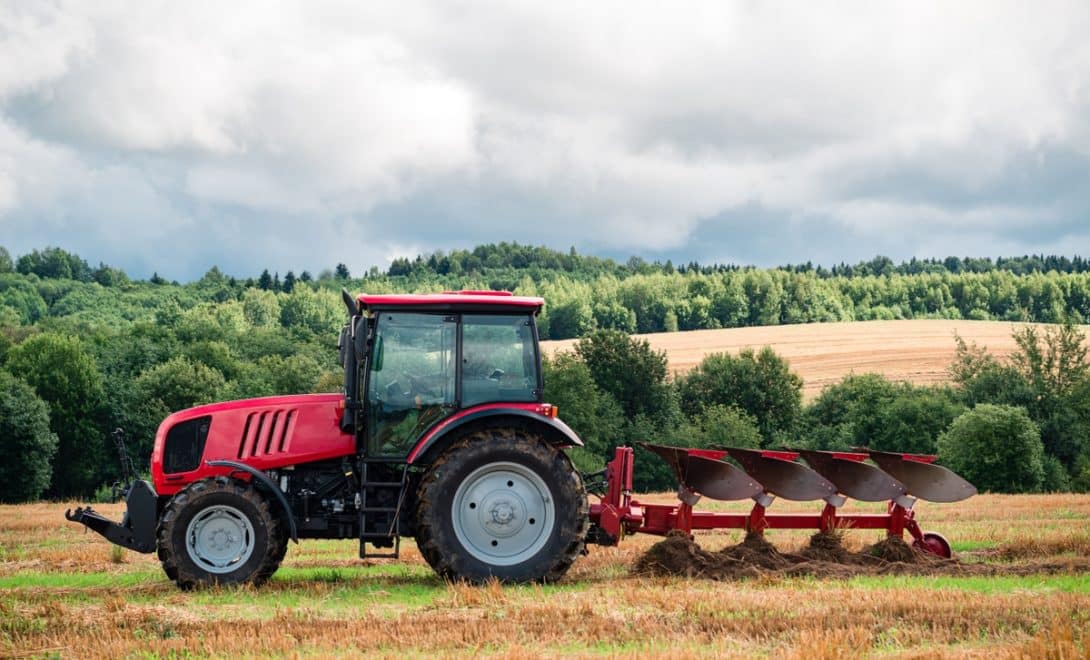
Older than the disc plow, the moldboard plow can have some variations: fixed, helical, among others.
Both types of plows can be fixed or reversible, the latter allowing the movement of the soil in both directions, improving operational performance in headland manoeuvres.
Grades
As grids, as well as plows, are also agricultural implements used in soil preparation, mainly in conventional planting systems. They are used to break up clods, level the soil, chop and superficially incorporate crop residues and also inputs applied to the haul. The objective is to improve the conditions of sowing, germination and the development of plants.
There are tooth grids, springs or discs, the latter being the most used. The harrows can also be levelers or ploughs. The pulling force required will depend on the type and size of each harrow and, according to the size, weight and shape of the discs, there is a different working depth.

Plowing and leveling harrows are the most used soil preparation implements in the Cerrado.
Caution is recommended when performing harrowing, as – especially in moist soils – it can promote the so-called “rail foot“, that is, a layer of about 5 centimeters, discontinued from the rest of the soil, compacted, which harms the emergence of plants, root growth and water infiltration, in addition to causing laminar erosion.
In addition, if the operation is carried out improperly, it can result in high fuel consumption and soil spraying, leaving it prone to erosion.
Subsoiler
O subsoiler is an implement equipped with metal rods that vary from 30 cm to 1,10 m in length, used to carry out a work of unpacking deeper layers of soil. With it, it is possible to reduce the resistance of the soil to the penetration of roots, which improves the internal drainage of the soil and leaves it more aerated.
Subsoiling is considered a palliative measure to combat soil compaction, in addition to being a high-cost operation, as it requires the use of powerful tractors, which have high fuel consumption. The greater the number of subsoiler rods, the greater the energy expenditure of the tractor-implement set and the more expensive the operation.
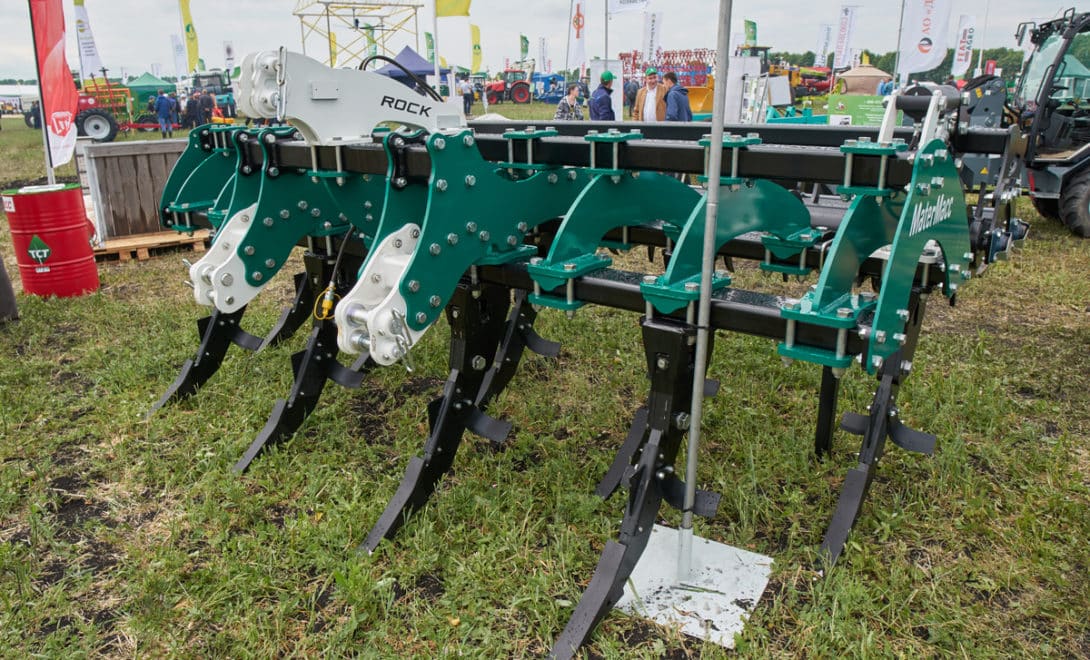
The number of subsoiler shanks, angulation and spacing between them can be adjusted.
Scarifier
O scarifier It is also an implement for soil preparation. Like the subsoiler, it has robust and pointed rods. However, they do not reach such deep layers of the soil. The superficial ripping operation works in depths of 5 to 15 cm and the heavy ripping reaches layers of 15 to 25 cm. The subsoiler, as previously mentioned, works in layers from 30 to 110 cm in depth.
Scarification is an operation carried out in more conservationists, such as no-till and minimal tillage. It turns the soil up less than plowing and harrowing operations, reducing erosion, and also is able to break the compaction that comes from the use of these other agricultural implements, which increases the infiltration and water retention capacity of the soil.
Its use is not indicated in new areas, with the presence of stumps, roots, clumps of grasses or infested with weeds.
 The scarifier has the advantages of not forming the so-called “harrow foot”, it works faster and uses less fuel. Photo: MF Rural advertisement.
The scarifier has the advantages of not forming the so-called “harrow foot”, it works faster and uses less fuel. Photo: MF Rural advertisement.
knife roller
O knife roll is an implement composed of metal rollers, which can vary in size and quantity, and serve to cut the cultural remnants of the previous cultivation, preventing them from sprouting again, which allows a better performance of the seeder, as it avoids bushing.
In addition, it helps to reduce the time between harvest and the next planting, in addition to accelerating the release of nutrients from the mulch in the soil. The use of the knife roller also allows for fewer mechanized operations to be carried out, which leads to a decrease in production costs. It is mostly used in no-till areas.
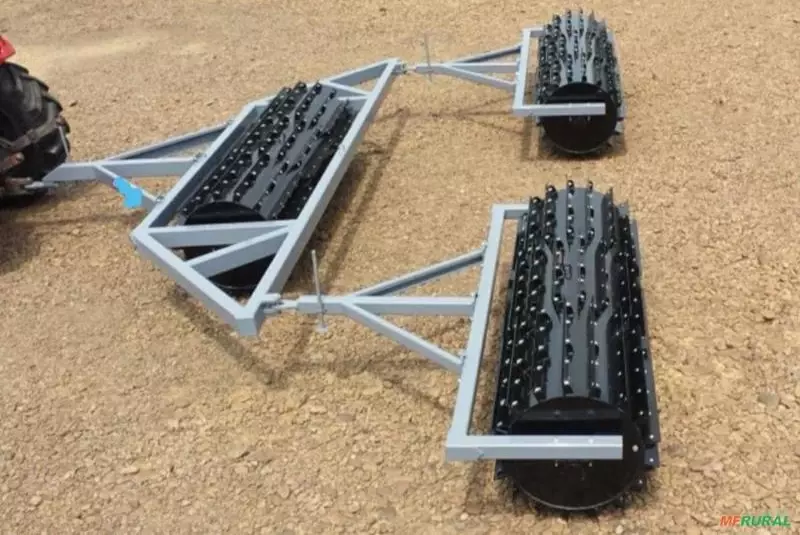 The knife roller is also used in the management of irrigated rice straw for soybean cultivation in succession. Photo: MF Rural advertisement.
The knife roller is also used in the management of irrigated rice straw for soybean cultivation in succession. Photo: MF Rural advertisement.
rotary hoe
A rotary hoe, also called rotocultivator, is an implement composed of flanges and cutting blades, which move in turns on an axis, in a direction transverse to the displacement of the tractor.
It is used in the soil preparation stage, serving for the weed management, incorporation of crop residues, fertilizers and correctives. It makes shallow cuts in the soil, which improves its aeration. However, this also causes a certain level of soil spraying.
The depth of operation varies according to the size of the flanges and blades, but they generally operate in a layer of 10 to 20 cm of soil. It is also possible to adjust the height of the implement, raising or lowering its wheels, which reflects in the depth. The rotary hoe can be found in various sizes and shapes, depending on the culture.
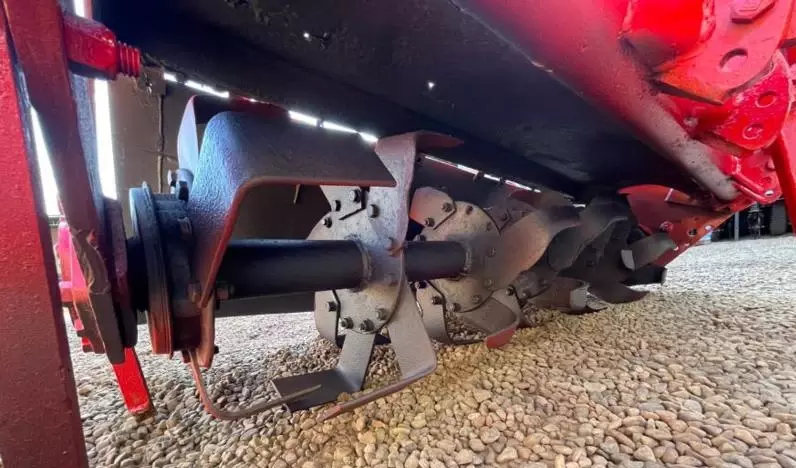 The rotary hoe is a common implement in flower and vegetable growing areas. Photo: MF Rural advertisement.
The rotary hoe is a common implement in flower and vegetable growing areas. Photo: MF Rural advertisement.
seeder
Among the most important agricultural implements are the sowers, which, as its name suggests, are used to introduce seeds into the soil, according to parameters of density, spacing and depth previously determined, following recommendations appropriate to each culture.
Today there are seeders on the market that also carry out the fertilization operation simultaneously with the sowing. This implement received the name of seeder-fertilizer, and allowed to speed up the production process even more.
The adjustment of seeders and their seed metering systems is one of the most important factors to ensure a good initial plant stand, therefore, these implements are equipped with sensors that allow monitoring of seed distribution in real time.

Seeders are the agricultural implements that have evolved the most over time.
Sprayer
Finally, the sprayers are implements that can be used throughout the crop’s cultivation cycle. Helps fight weeds, pests and disease-causing pathogens, allowing the Dosage control in the application of phytosanitary products.
There are several types of sprayers, intended for different crops and crop sizes. The most used are:
<br>• atomizer sprayer: contains one or more fans responsible for the air flow, which spray the pesticides. They are widely used in fruit growing.

The atomizing spray works by generating an air current that transports the pesticide droplets to the treetops.
<br>• boom sprayer: used coupled to a tractor, it has a variable volume tank and bar with application nozzles. They can be equipped with modern tools that allow spraying at a variable rate, to meet the specific needs of each part of the crop.
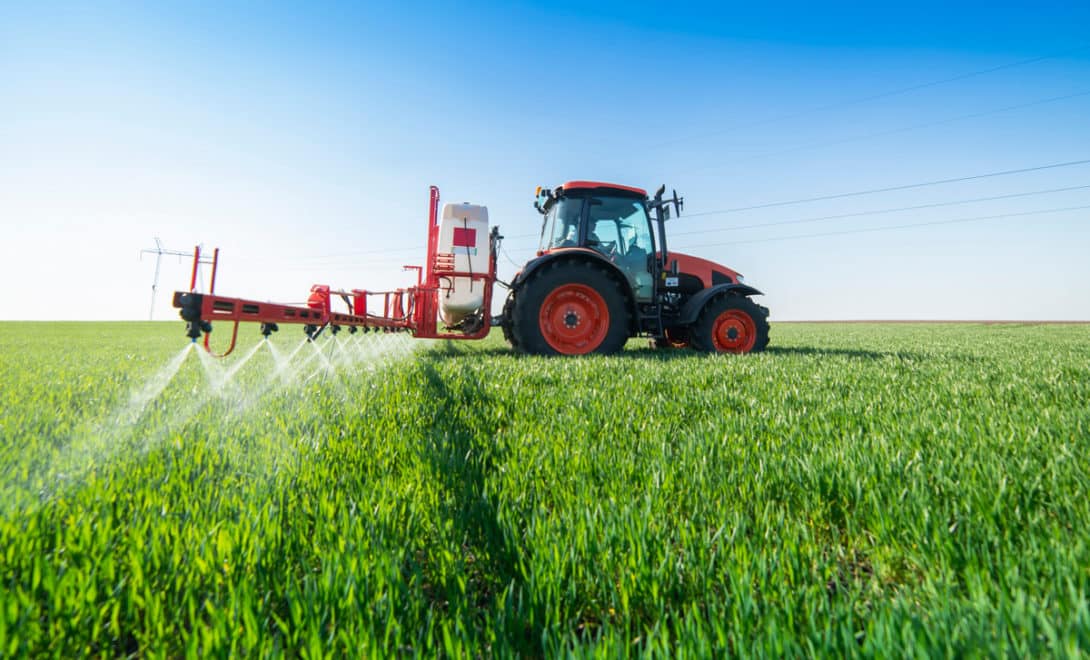
Boom sprayers can be used in various crops, paying attention only to the height of the boom.
These are some of the most used agricultural implements in the day-to-day of the country’s crops. With them, it is possible to optimize field operations, reducing the execution time of tasks and allowing cultivation in large areas.
So, was this article helpful to you? Enjoy and also access our post on plantability. Good reading!



